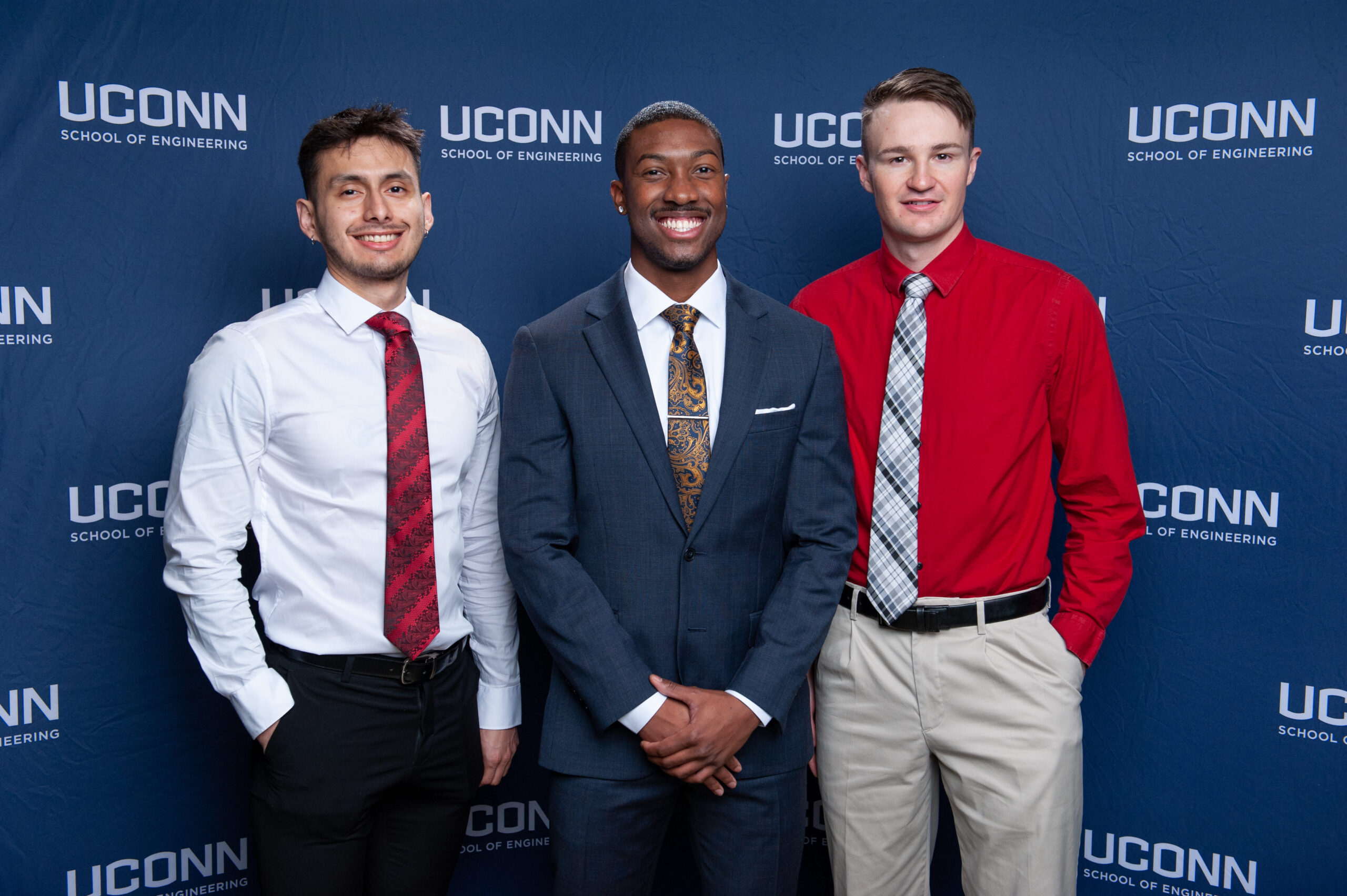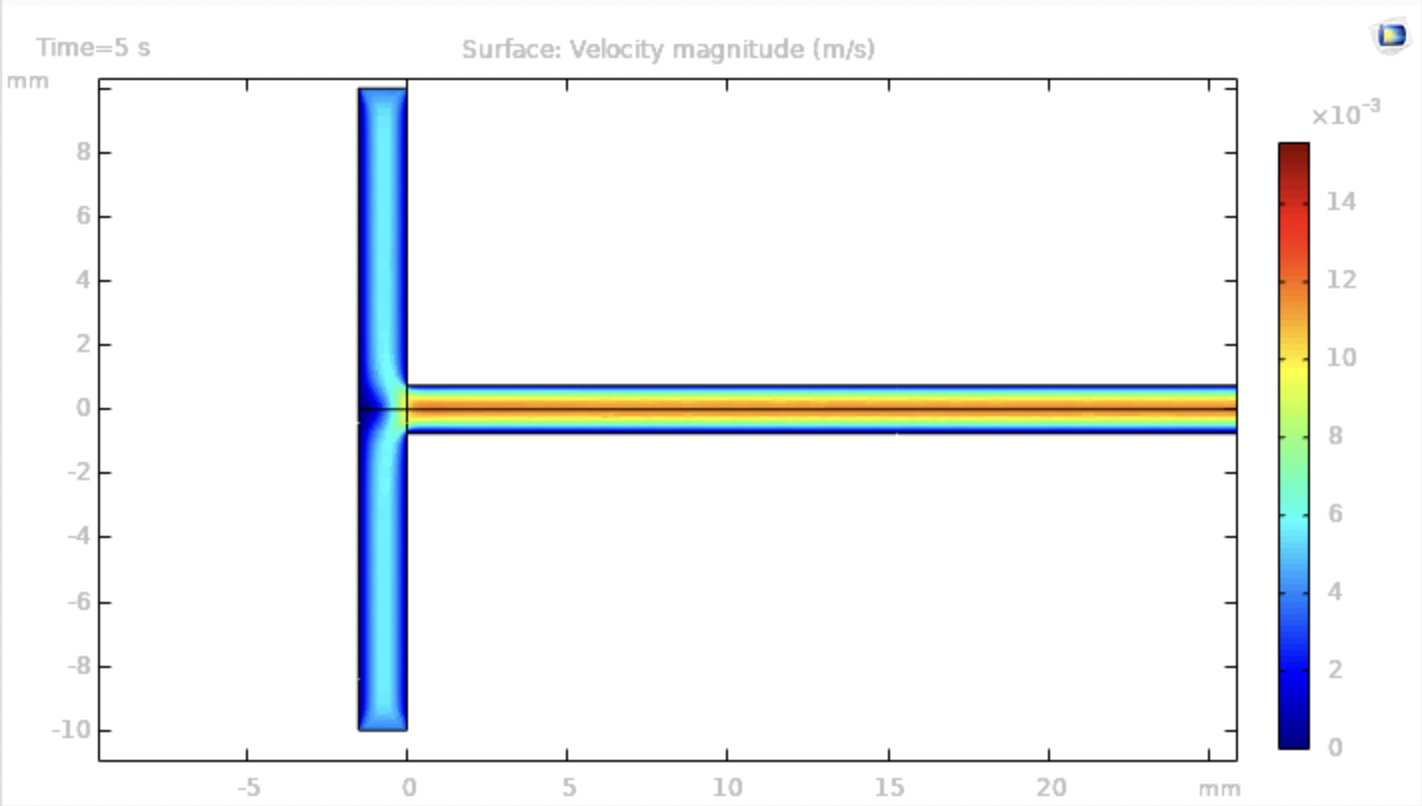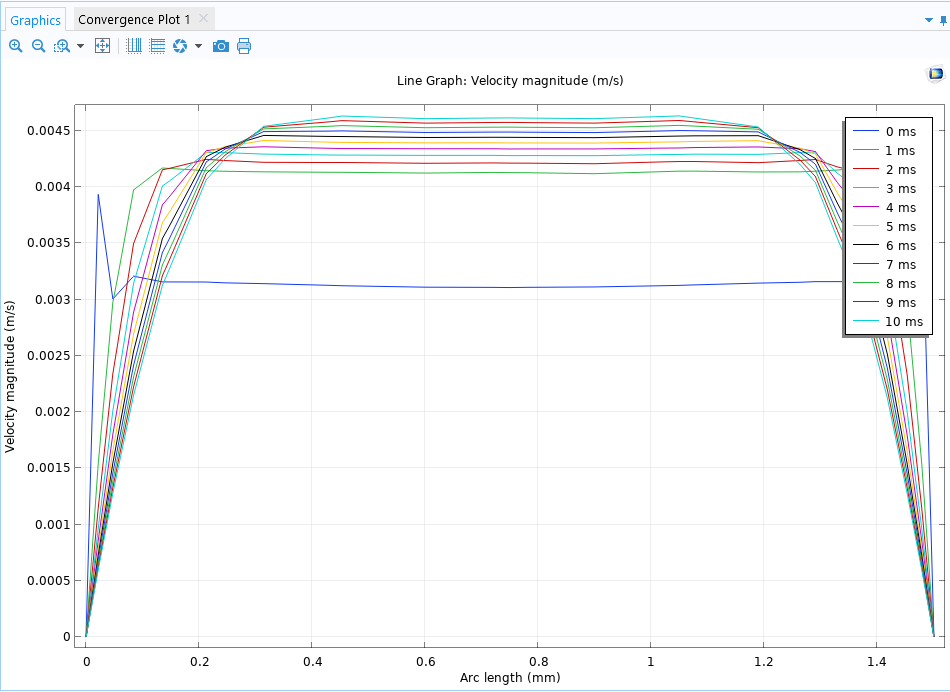
Figure 1

Figure 2

Team 5
Team Members |
Faculty Advisor |
Daouda Williams |
Dr. Yongku Cho Sponsor UConn School of Engineering |
sponsored by
Sponsor Image Not Available
The Encapsulation of Biomolecules
The CoVid-19 virus has caused over 6 million deaths. Due to the continuous mutation of the virus, the demand for mRNA vaccines has been critical for public safety. One key aspect of mRNA vaccines is using lipid nanoparticles or “LNPs” as the delivery vehicle. LNPs protect mRNA from physiological conditions and ensure that they reach the cells in the body. The primary method used to mass-produce these vaccines involves the use of a T-junction connector. However, the manufacturing of the vaccine via the T-junction has seen a significant reduction in throughput compared to traditional vaccine production methods. Despite the reduction in throughput, the T-junction is of critical importance as it connects two microfluidic channels that transport mRNA and lipids, ultimately encapsulating the mRNA by lipid formulation. This encapsulation process allows for successful transportation through the human body. ㅤㅤ ㅤㅤㅤ ㅤㅤㅤ ㅤㅤㅤ ㅤㅤㅤ ㅤㅤㅤ ㅤㅤㅤ ㅤㅤㅤ ㅤㅤㅤ ㅤㅤㅤ ㅤㅤㅤ ㅤㅤㅤ ㅤㅤㅤ ㅤㅤㅤ ㅤㅤㅤ ㅤㅤㅤ ㅤㅤㅤ ㅤㅤㅤ Our capstone design project aims to develop an improved mixing process with a higher throughput while also considering the economic feasibility of the process. Our team aims to accomplish this goal by developing a COMSOL model of the existing mixing process and identifying the physical parameters which affect the mixing process. Analyzing physical parameters, such as shear stress, velocity profile, and the concentration gradient will aid in our understanding of the mechanisms which drive the mixing process. Ultimately, these efforts bring us a step closer to developing a mixing process that can meet future demands for mRNA vaccines.
